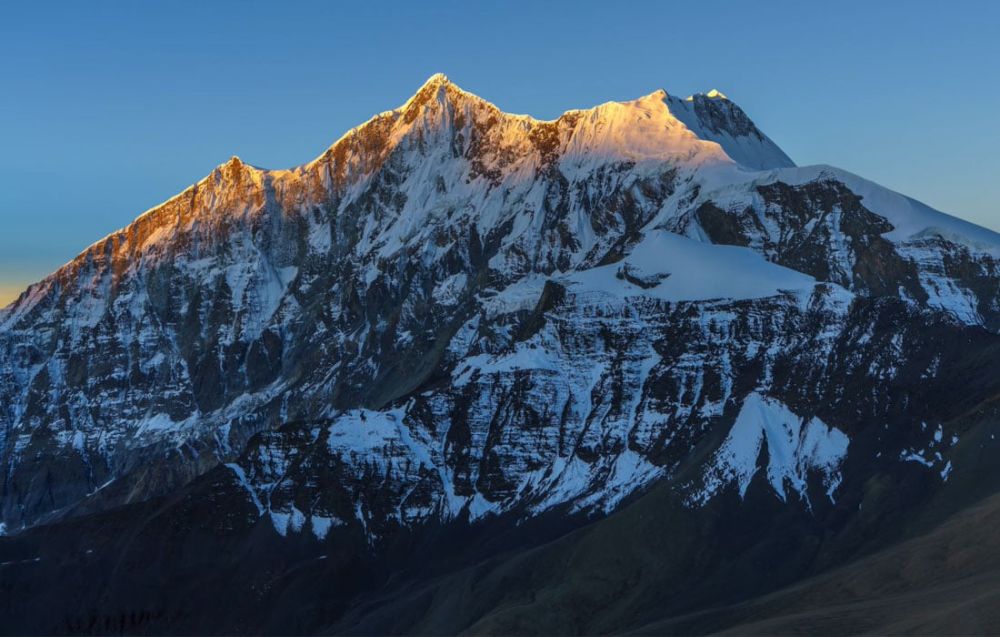

The tourism in Pokhara, with Dhampus Peak as one of its gems, has its roots in the early expeditions of mountaineers and explorers drawn by the allure of the Himalayas. Dhampus Peak, while not as prominent as Everest or Annapurna, has steadily gained popularity among trekkers and adventure enthusiasts looking for a less crowded and equally rewarding Himalayan experience.
The history of tourism in the region is closely tied to the opening up of Nepal to outsiders in the 1950s. Before this, the region remained largely isolated, with only a few intrepid adventurers granted permission to explore the rugged terrain. With the development of trekking routes and climbing expeditions in the latter part of the 20th century, areas surrounding Pokhara, including the trail to Dhampus Peak, became accessible to a wider audience. The construction of the first airport in Pokhara in the 1950s facilitated greater influx of tourists.
As the number of visitors increased, so too did the infrastructure to support them. Lodges, tea houses, and guide services began to proliferate, with Dhampus village serving as a significant stopover on various trekking itineraries. This picturesque village offers stunning panoramic views of the Annapurna range, making it a favorite among those looking to capture the mountainous splendor without embarking on more grueling ascents.
In recent years, there has been a shift toward sustainable tourism practices in the area. Local stakeholders have recognized the importance of preserving the beauty and integrity of the natural environment. Efforts include reducing waste, promoting homestays, and supporting conservation initiatives. The Annapurna Conservation Area Project (ACAP), launched in 1986, plays a pivotal role in ensuring tourism develops in harmony with the local ecology.
In terms of latest tourism trends, Dhampus Peak is seeing an increase in visitors seeking a mix of cultural immersion and outdoor activities. Homestays and community-based tourism are on the rise, giving travelers a more authentic experience and direct benefits to local economies. Additionally, the trend of high-altitude trekking has bolstered interest in Dhampus Peak as climbers look for alternative challenges and quieter trails.
Adventure sports such as paragliding, which offer breathtaking aerial views of the Himalayas starting from the hills around Pokhara, have also gained popularity, attracting adrenaline seekers from around the world.
Looking forward, the future of tourism at Dhampus Peak is set to evolve with changing traveler preferences and the ongoing need for conservation. The government and local communities are working to balance the benefits of tourism with the protection of their natural and cultural heritage, ensuring that visitors can enjoy the splendor of Dhampus Peak for generations to come.
Ultimately, Dhampus Peak remains a testament to the enchanting call of the Himalayas, inviting travelers to explore its serene landscapes and experience the welcoming spirit of the local Nepalese culture.